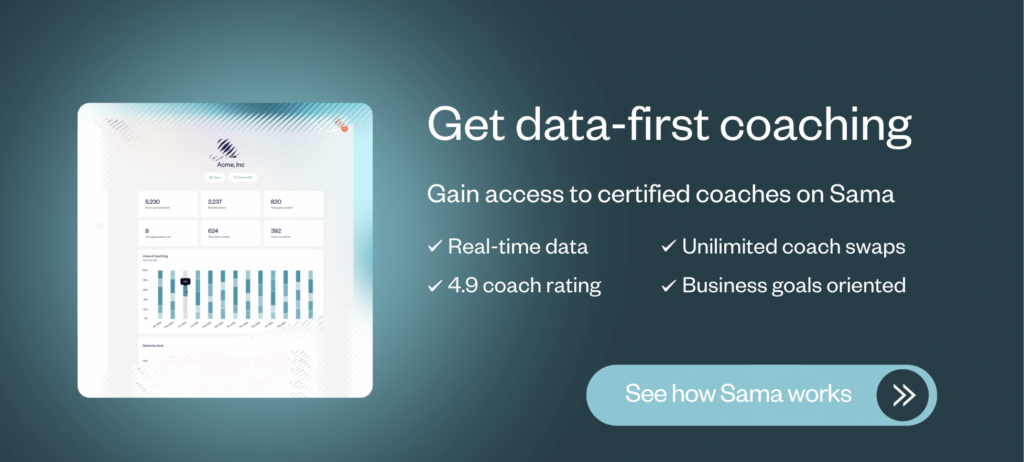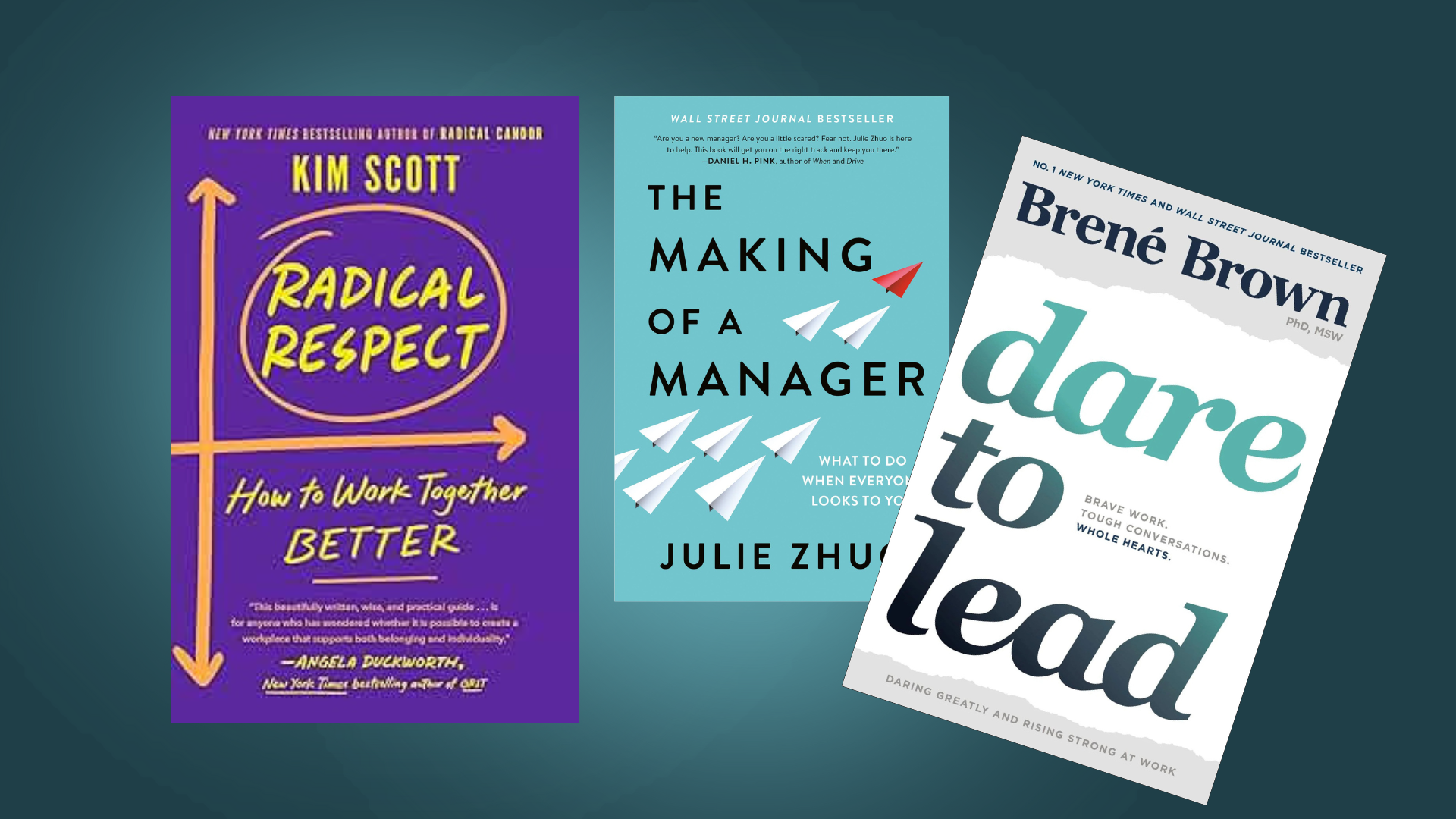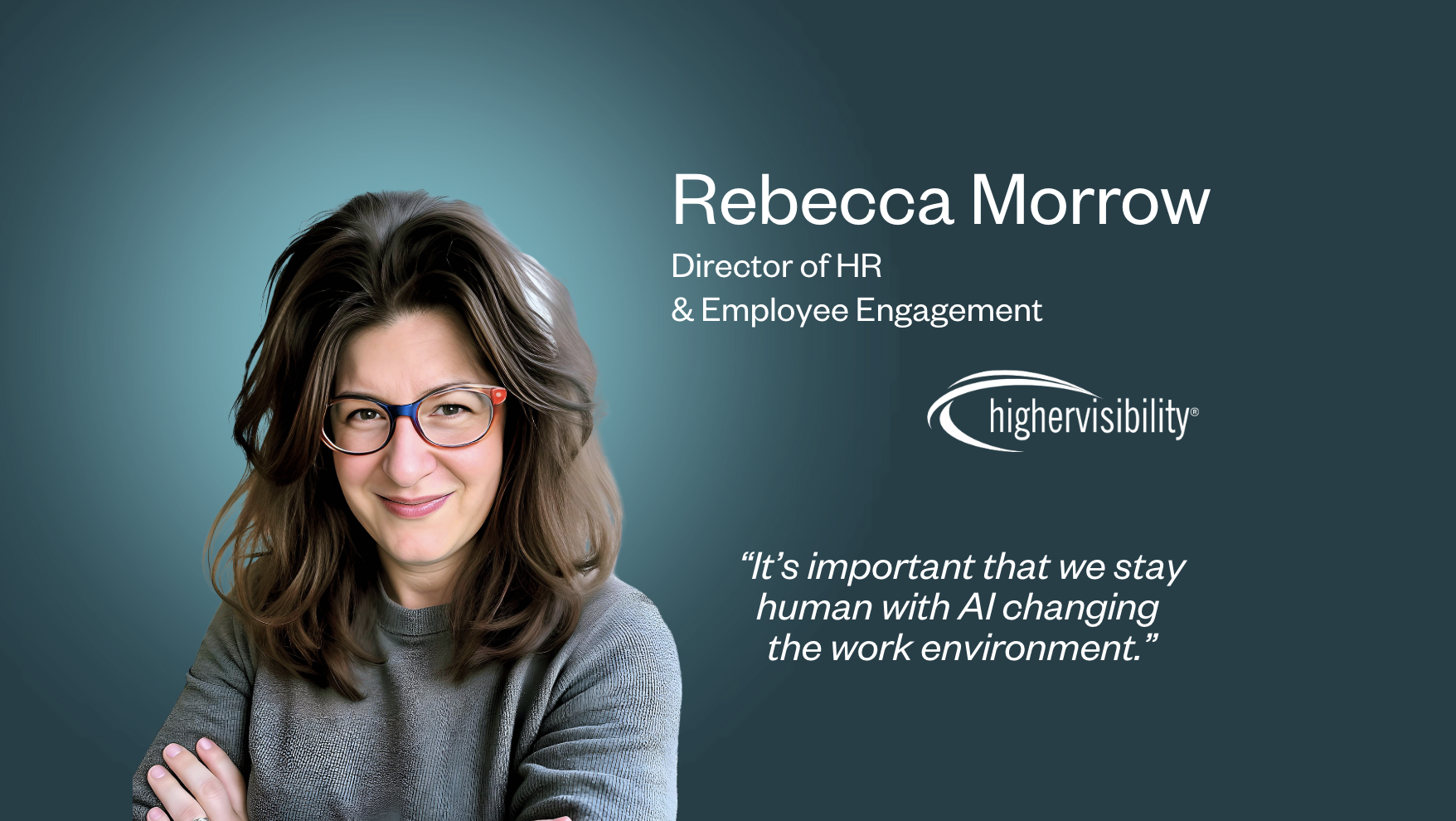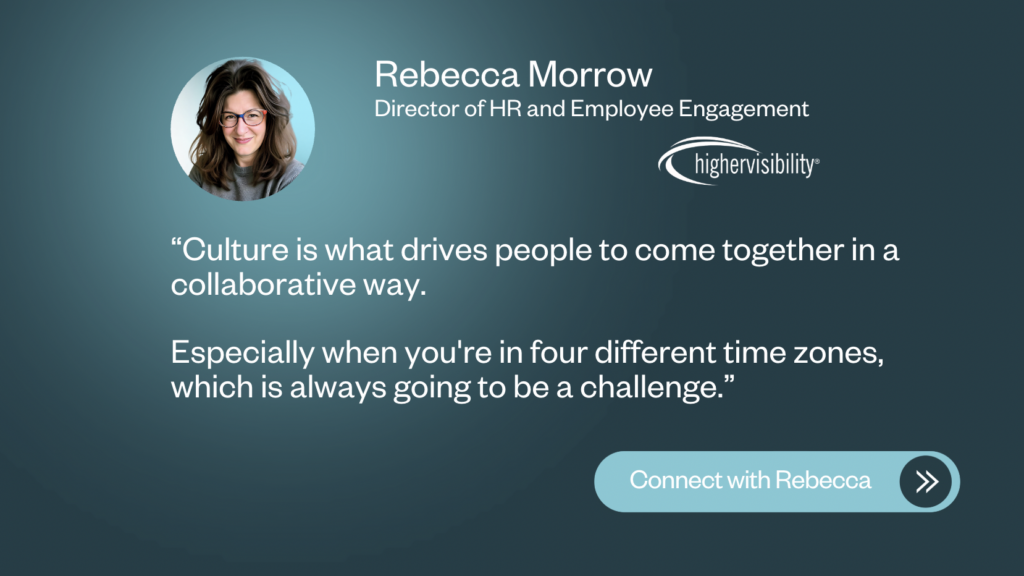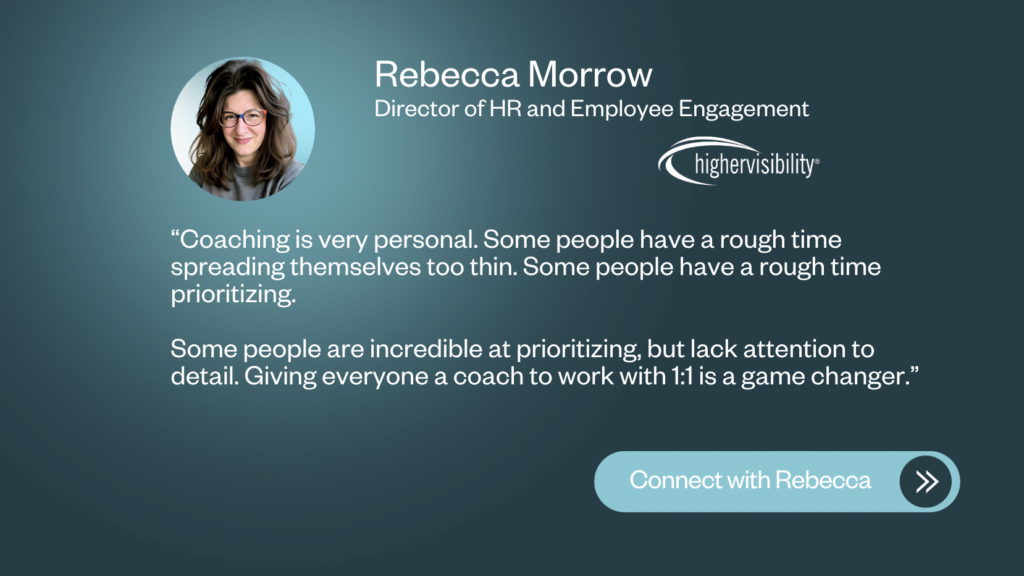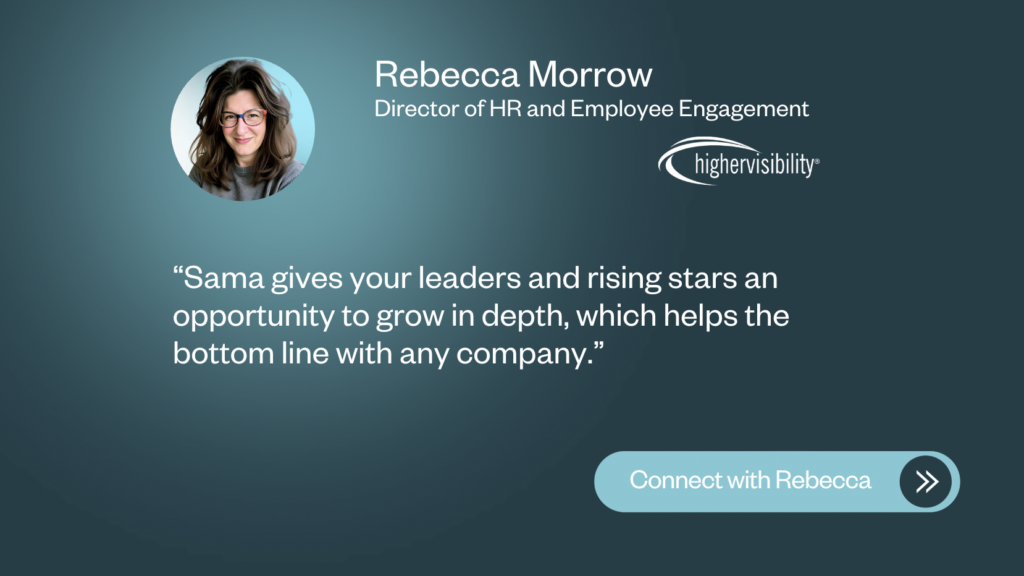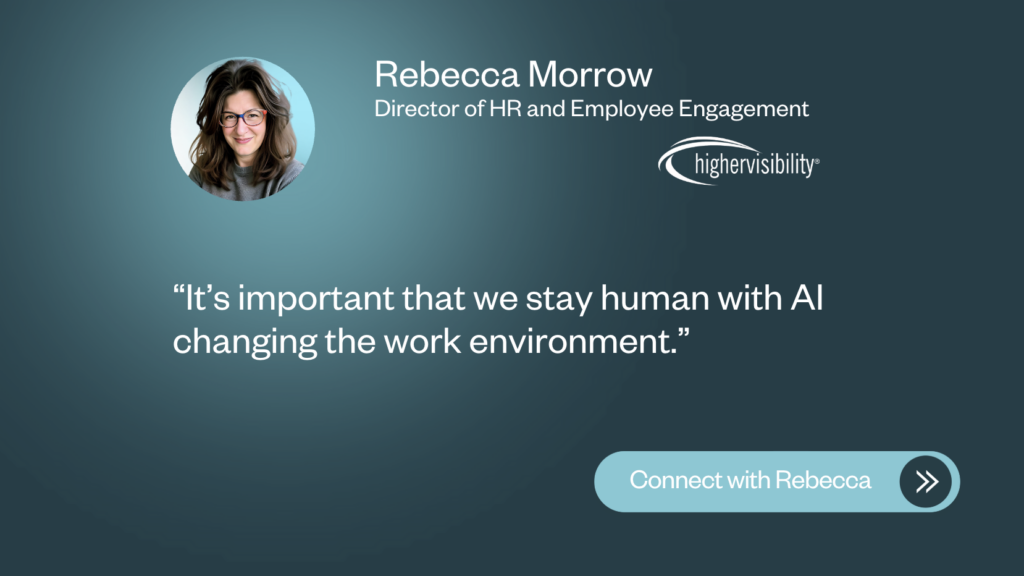Introduction to Coaching Programs
In an era of constant transformation, where hybrid work, rapid reskilling, and leadership agility have become the norm, organizations are rethinking how they develop and retain their people. Traditional training can build knowledge, but it often falls short of creating the behavioral change that drives real performance improvement. That’s where coaching comes in. For leadership and development (L&D) and HR leaders, coaching has emerged as a strategic lever to build stronger leaders, more engaged teams, and cultures of performance.
What is a coaching program?
In today’s fast-moving organizations, coaching has become one of the most effective tools for developing leadership capability, improving performance, and retaining top talent. When done well, a coaching program isn’t just a series of conversations, it’s a structured learning support that helps employees translate insight into sustained behavioral change in alignment with business objectives.
A corporate coaching program provides employees with access to coaches who support them in achieving specific goals. These coaches can be external or in house. Unlike training programs that transfer knowledge, coaching focuses on unlocking an individual’s potential through personalized reflection and guidance to develop the mindset and behaviors that drive performance.
Why structure matters in corporate coaching
Many organizations begin with pairing leaders with mentors or hiring external coaches on demand. But without a defined framework and business-first coaching objectives, coaching often becomes a patchwork of disconnected experiences. HR can’t track outcomes and executives question ROI.
A structured corporate coaching program changes that. It brings alignment, clarity, and accountability. It defines who receives coaching, how goals connect to business priorities, and how progress is measured across the organization. With clear metrics, such as engagement, retention, and leadership readiness, L&D teams can demonstrate tangible impact rather than anecdotal success.
At Sama, structure doesn’t mean rigidity. It means consistency and fairness at scale. Our platform uses intelligent matching to pair employees with the right human coach while providing real-time insights into progress and engagement. This blend of human expertise and data-driven visibility turns coaching into an integrated part of performance strategy, not a side initiative.
When coaching is structured, every conversation contributes to measurable business outcomes. For HR and L&D leaders, that’s the difference between offering a perk and leading a performance transformation.

What makes a coaching program results-driven
A results-driven coaching program is not a perk or an HR trend, it’s a strategic performance lever. It connects individual growth with the organization’s purpose, priorities, and measurable outcomes. When coaching is embedded into the flow of business, it fuels engagement, accelerates leadership readiness, and strengthens culture in ways that directly impact the bottom line.
Research from Harvard Business Review shows that companies linking coaching to business strategy see up to a 7x return on investment through higher productivity and reduced turnover.
The foundation is intentionality. Every coaching journey begins with clear outcomes defined not just by personal development goals but by what success looks like for the business. Objectives are specific, trackable, and tied to organizational priorities such as talent mobility, innovation capacity, or manager effectiveness.
Equally critical is the feedback loop. Results-driven programs transform insight into action through data: measuring progress, identifying patterns, and adapting interventions over time. This structure ensures that coaching conversations contribute to enterprise-wide learning, not just individual breakthroughs.
Foundations of a Results-Driven Coaching Program
Aligning coaching with organizational goals
Before designing a coaching program, it’s essential to clarify why coaching is being introduced. Start with business priorities, the outcomes your organization must achieve, such as accelerating growth, improving profitability, or driving transformation.
Once those are clear, define the people priorities that enable them: retaining high-potential talent, developing future leaders, or strengthening culture.
Every coaching initiative should trace back to a business driver. For example:
- Leadership readiness: Strengthening the leadership pipeline for succession.
- Engagement: Improving motivation and belonging among managers.
- Performance: Addressing communication, accountability, or collaboration challenges.
When coaching directly supports organizational strategy, it gains executive sponsorship and becomes easier to sustain.
Conducting a coaching needs assessment
Once organizational and people priorities are clear, the next step is to determine where coaching can create the most value. A coaching needs assessment identifies the development gaps, performance challenges, and potential leverage points that most affect business outcomes.
Effective assessments start with data. Engagement survey results, performance reviews, and exit interviews reveal recurring themes, from low manager engagement to skill gaps in communication or accountability. Supplement this with qualitative insights from leadership interviews and focus groups to understand why these issues exist.
Skills and capability assessments add another layer of precision. Use 360-degree feedback tools, leadership competency frameworks, or AI-driven diagnostic assessments to map current strengths against future business needs. This allows L&D teams to see where coaching can accelerate readiness, for example, developing digital fluency in senior leaders or strategic thinking in mid-level managers.
It’s also critical to cross-check individual development needs with organizational strategy. For instance, if a company’s goal is to drive innovation, coaching might focus on fostering psychological safety and creative leadership. If retention is the challenge, coaching can help managers improve engagement and connection in hybrid teams.
Setting measurable objectives
Once the purpose of coaching is defined, translate it into clear, measurable objectives that connect directly to business priorities. These objectives serve as the foundation for both program design and impact evaluation.
To define strong objectives, link coaching outcomes to observable business or people results. Examples include:
- Strengthen leadership readiness by increasing the percentage of high-potential employees prepared for promotion.
- Improve cross-functional collaboration as reflected in engagement or team effectiveness surveys.
- Reduce voluntary turnover among leaders in critical business units.
Well-defined objectives make it possible to track progress, compare outcomes across groups, and demonstrate whether coaching is influencing performance and culture rather than relying on anecdotal feedback.
When objectives are measurable, you can track whether coaching is delivering business value, not just anecdotal success.
Success metrics
Measuring the impact of coaching requires a balance of leading and lagging indicators, combining both quantitative and qualitative data. Leading metrics provide early signals of engagement and participation, while lagging metrics capture long-term business results.
Key metrics to consider include:
- Behavioral change, tracked through 360-degree feedback, peer observation, or self-assessment.
- Engagement and culture improvements, identified through pulse or engagement surveys.
- Performance outcomes, such as increased goal attainment, productivity, or team effectiveness.
- Retention and promotion rates among coached participants compared with uncoached peers.
When paired with narrative evidence, stories of improved decision-making, collaboration, or confidence, these metrics demonstrate tangible ROI. They also provide the data L&D leaders need to secure continued sponsorship and investment during budget cycles.

Designing the Coaching Framework
Choosing the right coaching methodology (1:1, group, hybrid)
A strong coaching framework blends the right methodology with the right delivery format. Before selecting how coaching will be delivered, clarify the outcomes you want to achieve and the level of depth required.
Once the methodology is defined, select the delivery format that best supports it.
- 1:1 coaching provides a personalized, confidential space for leaders or high performers to work on individual goals and challenges.
- Team coaching focuses on collective performance, helping intact teams improve communication, trust, and alignment around shared goals.
- Group coaching brings together peers from across the business to learn collaboratively and exchange insights around common themes, such as leading through change or building resilience.
- Hybrid models combine these formats, blending group sessions for scalability with individual or team coaching for depth and application.
The most effective programs align methodology, format, and business context, ensuring coaching supports both personal growth and measurable organizational impact.
Matching coaches and participants effectively
The quality of the match between coach and coachee is one of the strongest predictors of coaching success. Effective matching goes beyond credentials and role experience to include interpersonal style, communication preferences, and cultural context. A strong match builds trust, openness, and psychological safety, which form the foundation for meaningful growth.
To achieve this, leading organizations combine data with human insight. Matching should consider factors such as leadership level, development goals, personality traits, and language preferences while reducing bias and minimizing manual coordination. Intelligent matching systems make the process faster, more accurate, and scalable so every participant begins their coaching journey with the right partner.
Platforms like Sama take this further by using AI-assisted matching to optimize chemistry and inclusivity while maintaining a 95 percent first-match success rate. This ensures each coachee connects with a coach who understands their context, aligns with their goals, and can drive measurable results from the very first session.
Integrating Coaching into the Organization
Embedding coaching into learning & development initiatives
To maximize its impact, coaching should be woven into existing learning and development programs rather than treated as a separate initiative. Begin by identifying where coaching can extend the reach of what is already in place, such as leadership development, DEI efforts, or manager effectiveness programs, and use it as the link between learning and real-world performance.
After workshops or training modules, coaching sessions help participants translate new concepts into practical actions and sustain the desired behaviours over time. Insights from engagement data or 360 feedback can guide coaching priorities and ensure alignment with organizational goals.
Finally, create a structured measurement process. Track participation, goal progress, and feedback trends to show how coaching reinforces other learning investments and drives continuous development across the business.
Gaining leadership and manager buy-in
For coaching to take root, executive and manager buy-in is non-negotiable. Leaders need to see coaching not as a perk or a performance fix, but as a strategic lever for achieving business goals. The strongest cases for investment are made when HR and L&D teams can link coaching outcomes to measurable business results: stronger performance from key divisions, lower employee turnover, higher engagement scores, stronger customer satisfaction, faster readiness for leadership, or improved collaboration across teams.
Demonstrating this impact early, through pilot programs, data dashboards, or employee feedback, builds confidence and helps secure continued sponsorship, especially during budget planning cycles. When decision-makers can see real evidence of ROI, coaching moves from being a “nice-to-have” to an operational priority.
Equally vital is engaging line managers, who reinforce coaching outcomes daily. Educating them on how to support goal setting, encourage reflection, and model coached behaviors ensures that growth doesn’t stop at the session, it’s embedded in how teams work.
Creating feedback loops between HR, leaders, and coaches
The most effective coaching programs create a continuous feedback loop between HR and business leaders, one that turns individual growth into organizational insight. Through aggregated, anonymized data, L&D teams can identify trends such as capability gaps, engagement patterns, or areas where leadership support is most needed.
This feedback never compromises confidentiality; it connects human experience with measurable outcomes. When insights from coaching are shared responsibly, they illuminate where culture, communication, or leadership behaviours are helping, or hindering, performance. Those findings then inform broader talent strategies, making coaching an active driver of organizational learning and change.

Measuring Your Coaching Program
Tracking progress and collecting data
Tracking impact requires both data systems and a structured process. Regular pulse checks, 360 assessments, and feedback surveys can capture progress throughout the coaching journey.
Technology plays an increasingly central role here.
For example, Sama, an all-in-one coaching platform, helps HR and L&D teams track engagement, progress, and outcomes on an ongoing basis and in the flow of work. Sama’s analytics dashboards provide real-time visibility into themes, with confidentiality safeguards, allowing L&D teams to make evidence-based decisions about leadership and culture investments.
Iterating Your Coaching Program
Refining and improving program elements
No coaching program should be static. Use data to identify what’s working, and what are the areas of improvement. Are certain populations less engaged? Are certain departments showing faster improvement? These insights should inform program adjustments.
Iteration might include different target populations, reminders, including the coachees’ managers in the process, getting clearer on development goals, or reassessing expectations.
Incorporating feedback and data insights
Continuous feedback from participants and managers is critical.
Platforms like Sama make this process easier by consolidating qualitative and quantitative feedback into digestible reports. This enables L&D teams to quickly identify impact areas and adapt future program designs accordingly.
When HR leaders use data to iterate, coaching programs evolve from static interventions into dynamic learning ecosystems.
Scaling Your Coaching Program
As coaching begins to show measurable results, demand often expands quickly across the organization. To scale effectively, focus on building structure before volume. This means creating a repeatable framework that preserves quality while allowing for growth.
Start by standardizing core elements such as coach selection criteria, onboarding processes, and success measurement. Define what “good” looks like in coaching outcomes, and ensure every coach is aligned on approach, confidentiality, and goal-setting standards.
Document processes for matching, goal tracking, and feedback collection so that each new cohort has a consistent experience, regardless of geography or business unit. Technology can help by managing impactful matching, centralizing scheduling, dashboards, and reporting, giving HR and L&D visibility into engagement and impact.
Finally, scale deliberately. Use pilot data to refine your framework, then expand in waves, by business unit, level, or region, while maintaining the focus on measurable, human-centered development. This ensures coaching remains a trusted, strategic capability as it grows across the enterprise.
Maintaining quality while expanding
Quality assurance is vital as programs grow. This includes vetting coaches (internal or external), maintaining ethical standards, and providing regular supervision or calibration sessions to ensure consistency.
Using technology platforms such as Sama can help automate many administrative tasks, like matching, scheduling, reporting, and progress tracking, allowing HR teams to focus on strategic oversight.
Common Mistakes to Avoid
Setting vague or immeasurable goals
Without defined outcomes, coaching programs struggle to prove value. Set clear, quantifiable goals from the outset, tied directly to business metrics.
Ignoring organizational alignment
Coaching must reinforce, not compete with, existing learning and performance frameworks. Misalignment leads to confusion and diluted impact.
Treating coaching as a one-size-fits-all solution
Different roles and levels require different approaches. Tailor the program to each audience segment, whether senior executives, mid-level managers, or emerging leaders.
Example: A Results-Driven Coaching Program in Action
Example case: Leadership coaching in a technology organization
A global technology company was facing declining engagement among its mid-level managers. The HR team launched an ongoing coaching initiative targeting 100 managers identified as key to future growth.
The program combined 1:1 virtual coaching sessions with peer group discussions and leadership labs. Managers set specific goals around feedback, delegation, and communication.
Outcomes and measurable impact
After six months:
- Engagement scores among participants rose by 14%.
- Teams led by coached managers reported higher collaboration and clarity.
- Internal promotions increased by 22% among the coached group.
Using Sama’s analytics, HR was able to track these improvements across regions and correlate coaching participation with performance and retention metrics, transforming coaching from a soft-skill initiative into a data-backed strategic tool.

Key takeaways for structuring a coaching program
- Start with strategy: Align coaching to business goals and leadership needs.
- Design for measurement: Define KPIs and track both behavior and performance outcomes.
- Embed coaching in culture: Integrate it into leadership and talent programs.
- Use data for iteration: Continuously improve through insights and feedback.
The business value of results-driven coaching
When structured and measured effectively, coaching becomes more than development, it becomes a driver of engagement, performance, and retention. For HR and L&D leaders, it’s one of the most powerful tools to future-proof talent in an evolving workplace.
How Sama supports L&D leaders in building high-impact coaching programs
Sama helps organizations operationalize coaching at scale, combining human expertise with data-driven insight. With tools for intelligent matching, progress tracking, and analytics, Sama empowers HR and L&D teams to deliver coaching programs that are measurable, scalable, and aligned to organizational strategy, without losing the human connection that makes coaching effective.
FAQs
What is a coaching program?
A structured initiative that pairs employees with professional or internal coaches to support behavior change and performance improvement aligned with organizational goals.
How long should a corporate coaching program last?
The most effective corporate coaching programs aren’t defined by a fixed end date, they’re designed to evolve. As coachees reach their goals, they set new ones.
How do you measure the success of a coaching program?
By combining quantitative metrics (e.g., engagement, retention, performance) with qualitative data (e.g., 360 feedback, self-reported growth, coach rating).
What makes a coaching program effective?
Impact in line with the organization’s business objectives.



